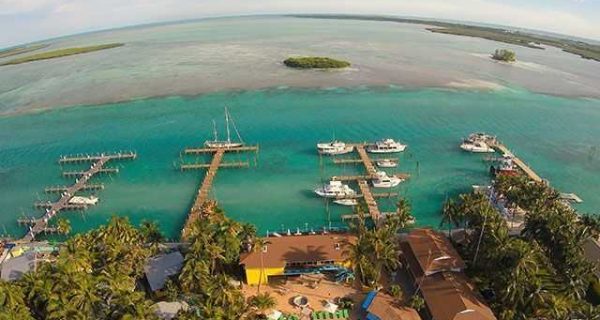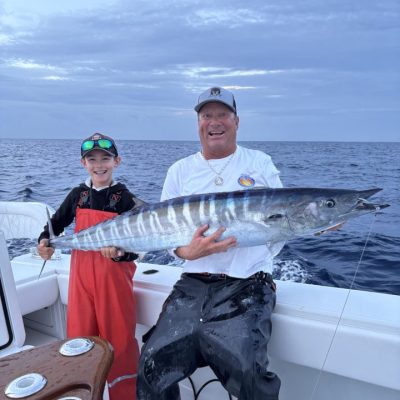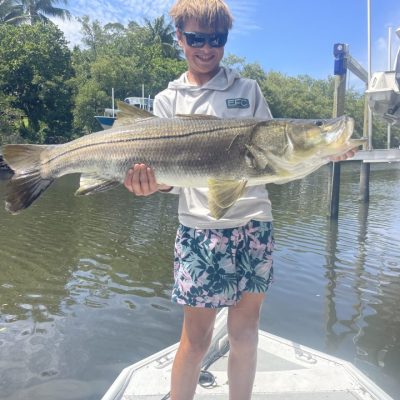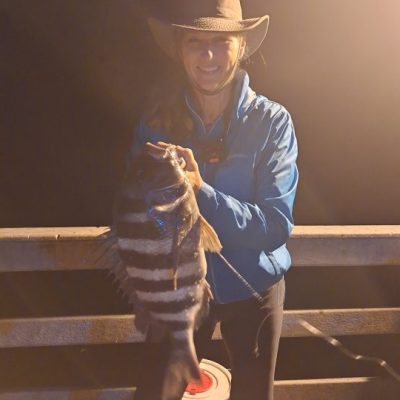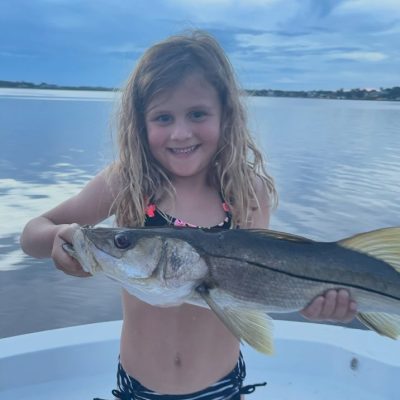Conservation
Environmental and waterway news.
Latest in Conservation
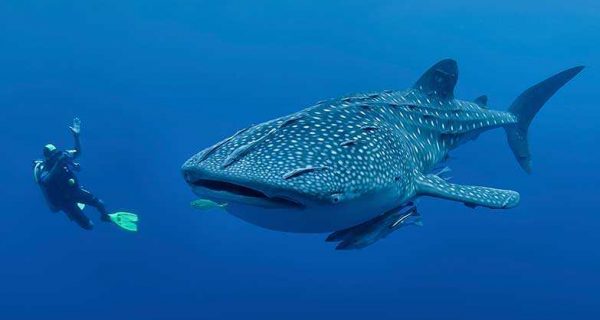
A Decline in Size of Whale Sharks
When it comes to the biggest fish in the sea, size does matter. Whale sharks (Rhincodon typus) can be at …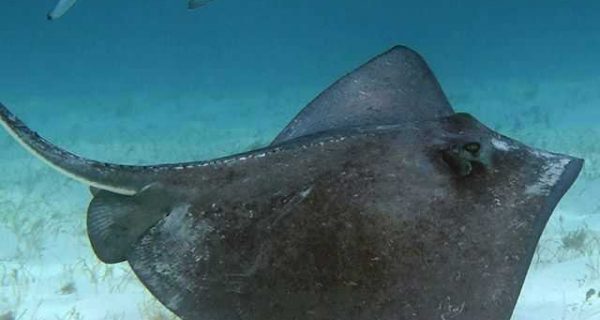
FWC Establishes State Records Program for Lionfish
The Florida Fish and Wildlife Conservation Commission’s (FWC) newest way of encouraging divers to target these spiny invaders is the lionfish state records program.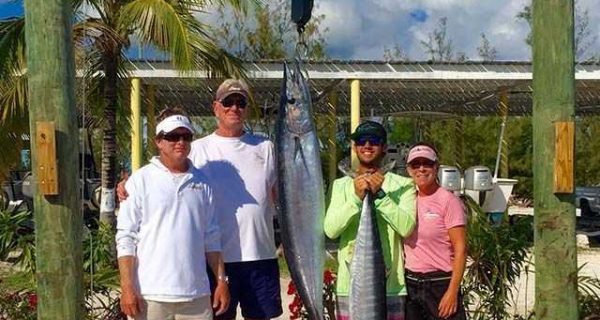
FWC UPDATE: Don’t cut the line! Reel. Remove. Release.
Steps to rescue a hooked bird: Reel in the bird. Remove the hook. Release the bird.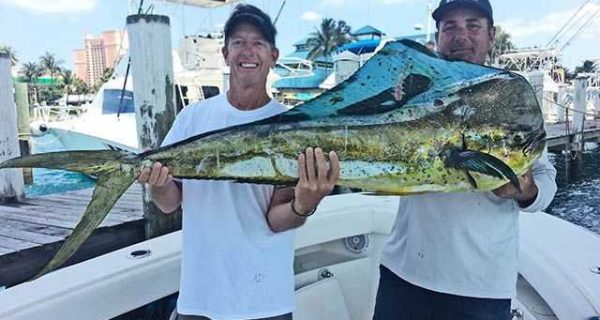
Celebrate Earth Day – Hook Kids on Fishing Clinic
Celebrate Earth Day on Saturday, April 16, by attending a “Hook Kids on Fishing Clinic” at the Hobe Sound Nature Center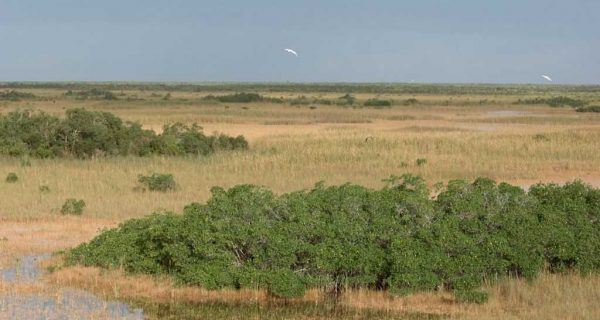
Stop Killing Florida’s Estuaries and Everglades
Since January over 219 billion gallons of water from Lake Okeechobee has been discharged into the St. Lucie Estuary, Indian River Lagoon and the Caloosahatchee Estuary. Destruction of the oyster reefs, seagrass beds and nearshore coral reefs is the result of these discharges and the economic impacts to area businesses, tourism and real estate are significant and growing.